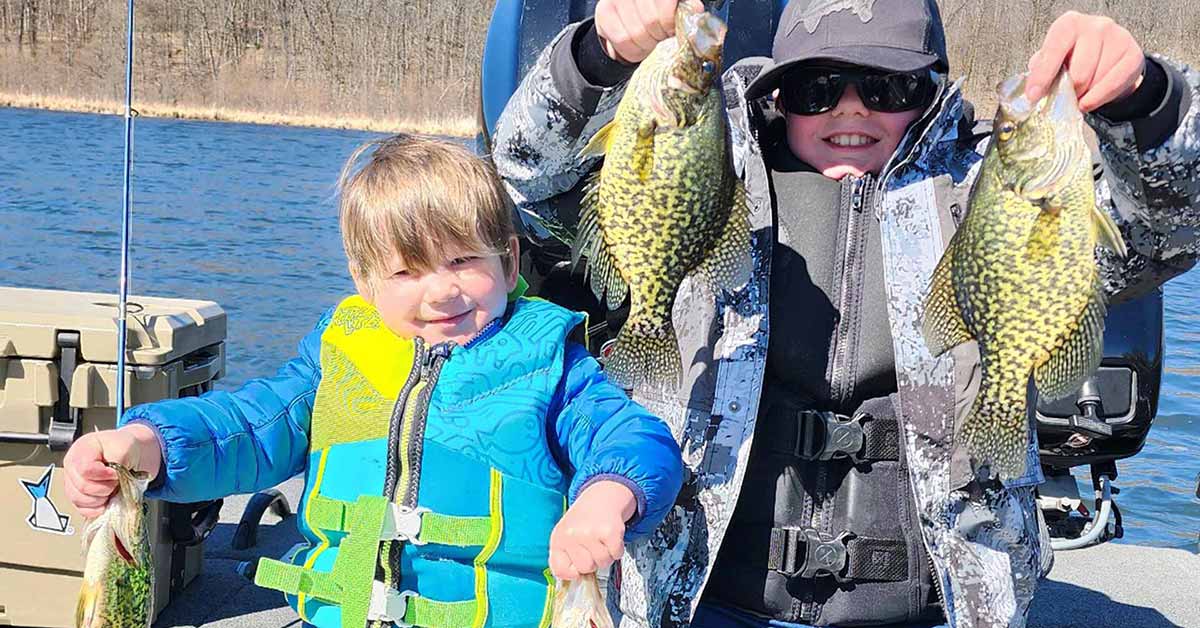here’s a reason why most anglers pack their tackle boxes with jigs – it’s because they are fish catching machines! It doesn’t matter if you’re fishing for bass, pike, or walleye. They all LOVE jigs.
Jig fishing is a popular technique among anglers for targeting a variety of fish species, including bass, walleye, and pike. In this article, we will share three valuable tips from three fishing experts on how to effectively fish with jigs. Whether you’re a beginner or an experienced angler, these tips will help you improve your jig fishing skills and increase your chances of catching more fish.
Tip 1: Shake the Weeds to Attract Fish
One of the experts suggests that when fishing with jigs in dense cover, such as weeds or vegetation, it’s important not to pull the jig forcefully. Instead, they recommend shaking the weeds with the rod. This technique alerts fish in the area that there’s something there, enticing them to investigate. The expert mentions that this technique is commonly used when targeting muskies with spinnerbaits in weed beds. By shaking the weeds, you create a commotion that attracts fish and increases your chances of getting a bite. In this article, we will share three valuable tips from three fishing experts on how to effectively fish with jigs. Whether you’re a beginner or an experienced angler, these tips will help you improve your jig fishing skills and increase your chances of catching more fish.
Tip 1: Shake the Weeds to Attract Fish
One of the experts suggests that when fishing with jigs in dense cover, such as weeds or vegetation, it’s important not to pull the jig forcefully. Instead, they recommend shaking the weeds with the rod. This technique alerts fish in the area that there’s something there, enticing them to investigate. The expert mentions that this technique is commonly used when targeting muskies with spinnerbaits in weed beds. By shaking the weeds, you create a commotion that attracts fish and increases your chances of getting a bite.
Tip 2: Choose the Right Jig for the Job
When it comes to jig fishing, it’s essential to choose the right jig for the specific fishing situation. The experts highlight three main styles of jigs that every angler should have in their arsenal:
- Cover Jig: This jig is designed to go through thick weeds and cover. It features a craw trailer on the back and has a nose shape that allows it to navigate through dense vegetation. It works well for pitching and flipping in heavy cover and can also be effective along deep weed lines and around wood.
- Swim Jig: The swim jig is a more horizontal style of jig that is ideal for covering a lot of water. It’s a cast and reel style jig that is simple to use. It can be paired with a trailer, such as a boot tail or a craw trailer, to create additional action and attract fish. This jig is great for fishing around boulders and rocks.
- Football Head Jig: The football head jig is designed for fishing around rocky areas. It features an articulating head that allows it to drag along the bottom, maintaining contact with the bottom throughout the retrieve. This jig is ideal for fishing around boulders and rocks, as it mimics the natural movement of prey in these areas.
Each style of jig has its own unique characteristics and is suited for different fishing scenarios. By having these three main styles of jigs in your tackle box, you’ll be prepared to fish in a variety of conditions and cover different types of structure.
Tip 3: Use the Right Bait and Presentation
The third tip from the experts is to use the right bait and presentation when fishing with jigs. The length and shape of the jig’s shank play a crucial role in determining the type of bait you can use. A longer shank allows you to fish a wider variety of plastics, such as paddle tails or boot tails. These types of baits can be dragged across the bottom, making them effective for coldwater presentations.
It’s important to experiment with different baits and presentations to see what works best for the fish you’re targeting. Adding pauses to your retrieve and varying your cadence can also entice fish to strike. Don’t be afraid to use live bait as well, as the longer and stouter hook on jigs like the long shank fire balls are designed to accommodate larger baits, such as bigger plastics or minnows.
By taking the time to experiment with different jigs, baits, and presentations, you can increase your chances of catching more fish. Whether you’re targeting bass, walleye, pike, or any other species, these tips will help you become a more successful jig angler.
In conclusion, jig fishing is a versatile and effective technique for catching a variety of fish species. By shaking the weeds to attract fish, choosing the right jig for the job, and using the right bait and presentation, you can improve your jig fishing skills and increase your chances of success on the water. So next time you’re out fishing, remember these tips and give jig fishing a try. You might be surprised at the results!










